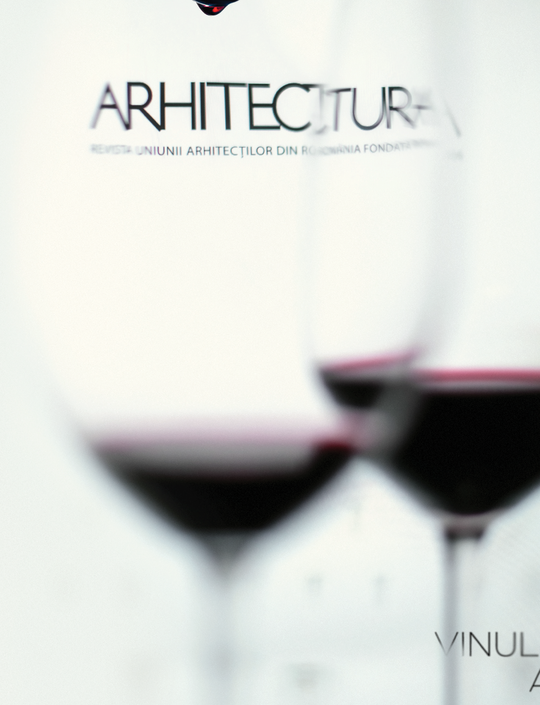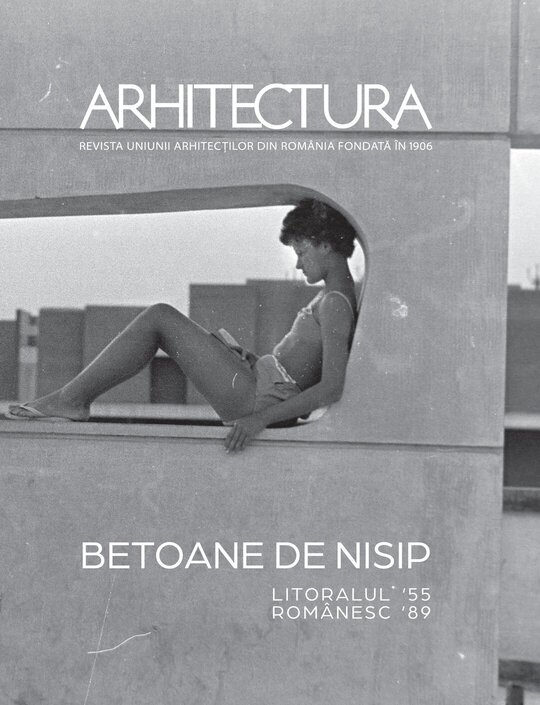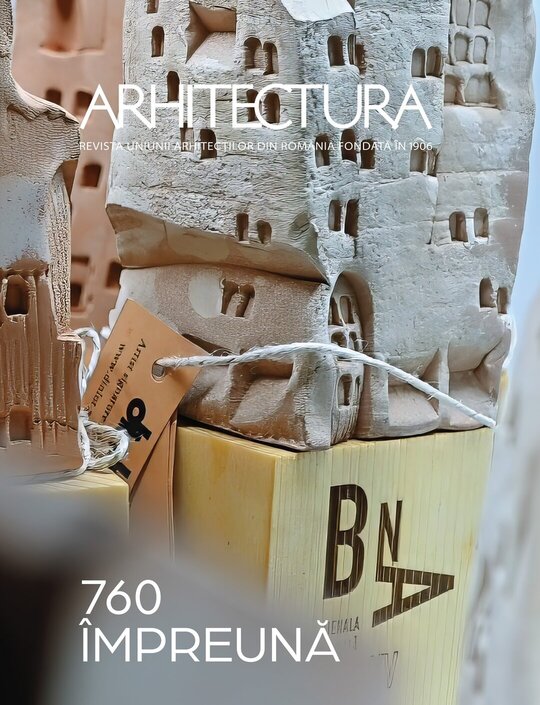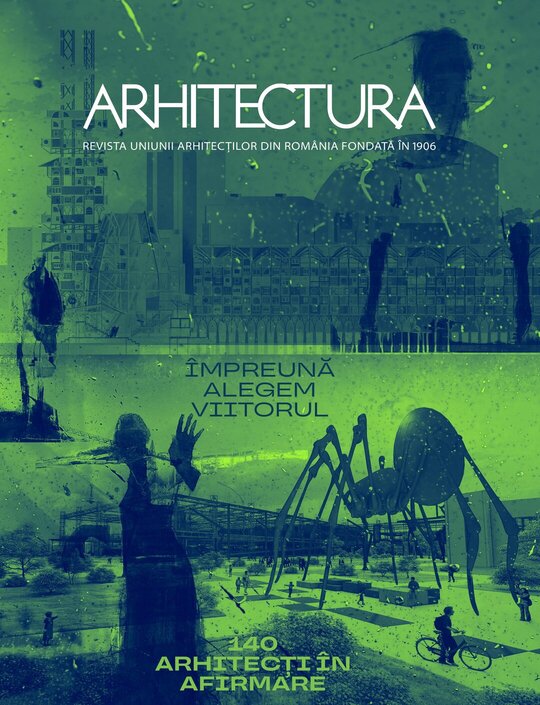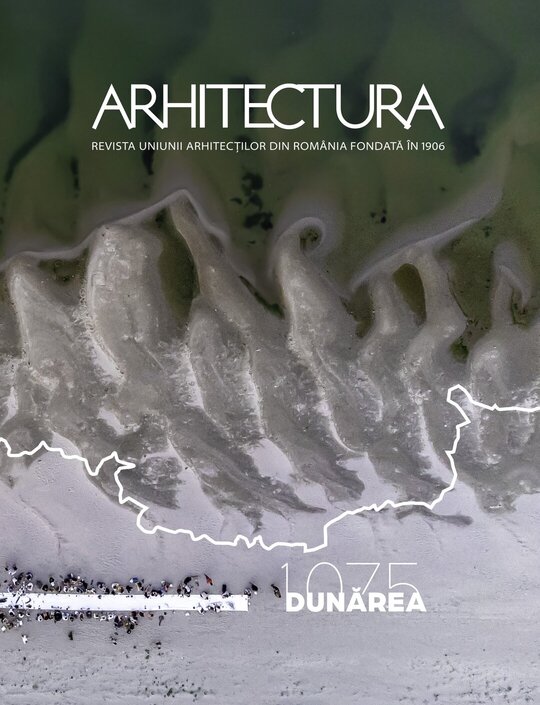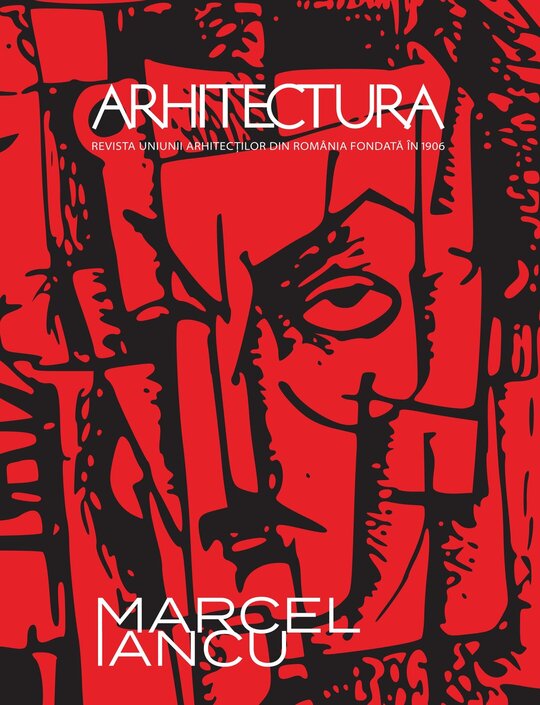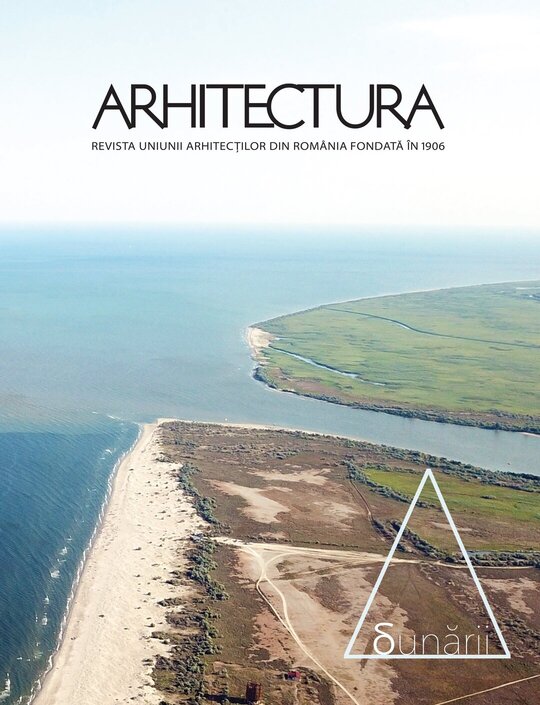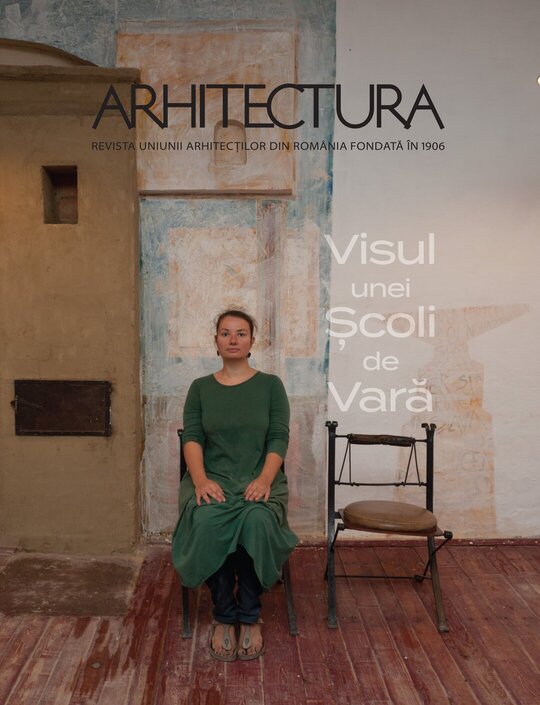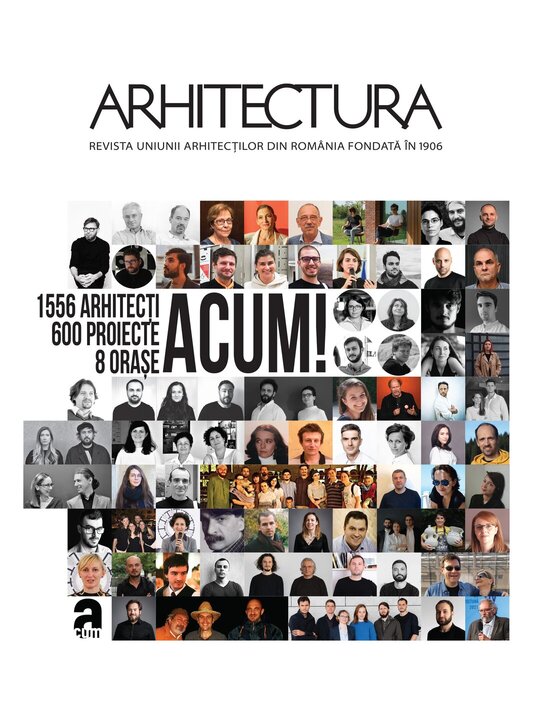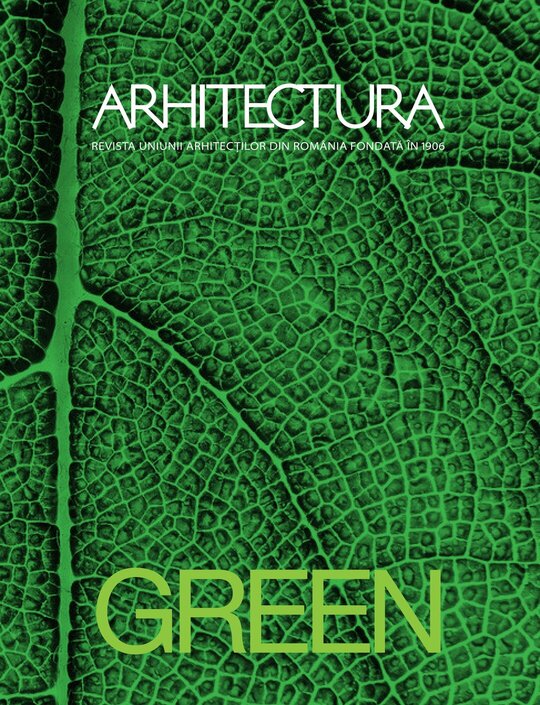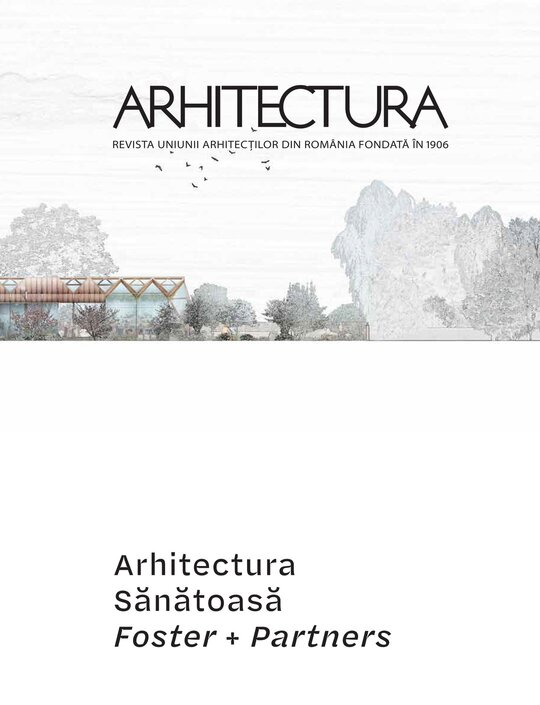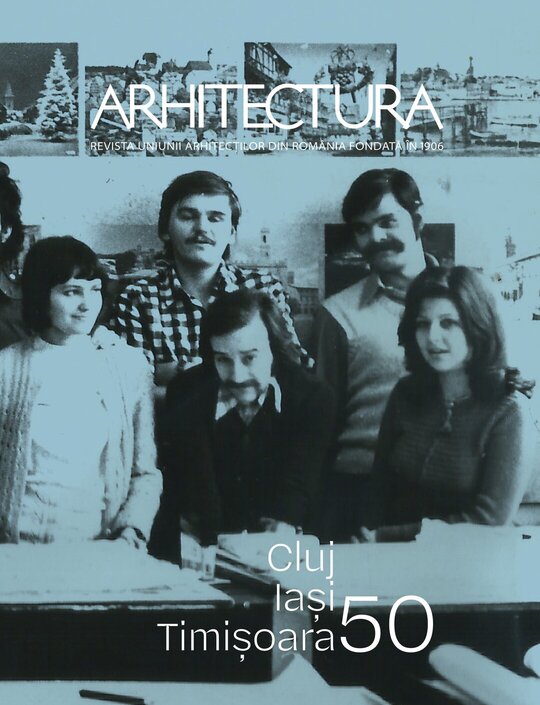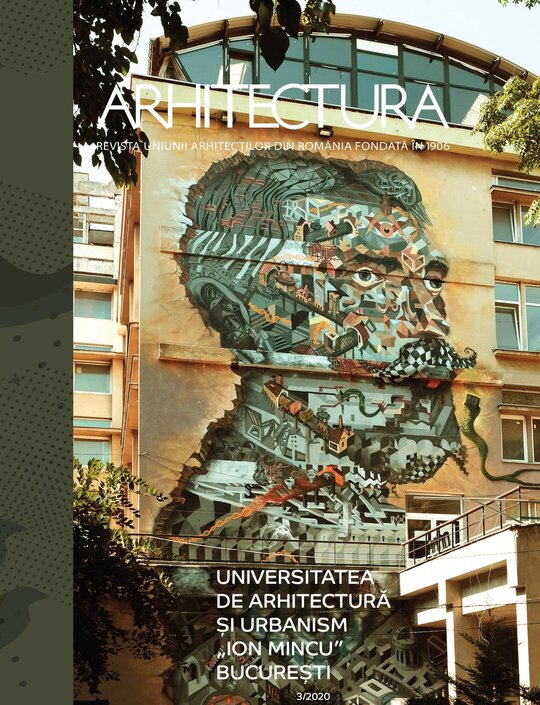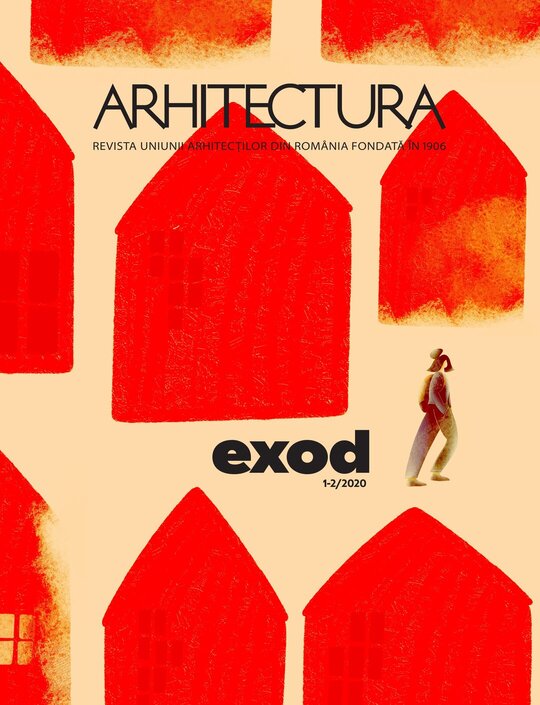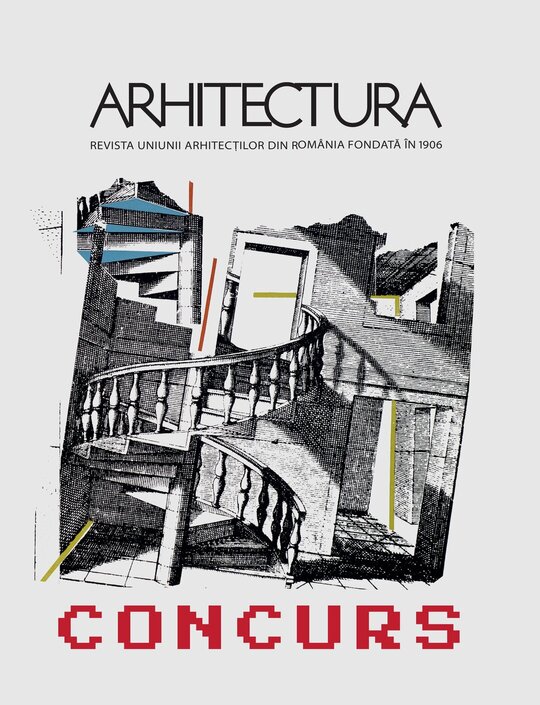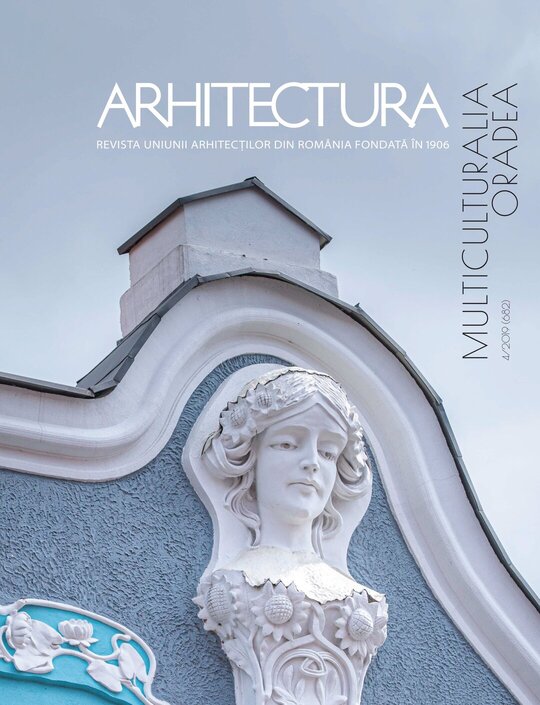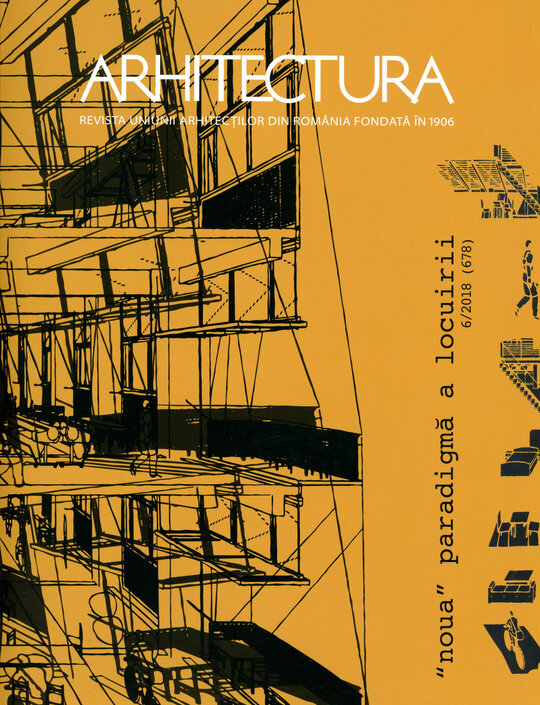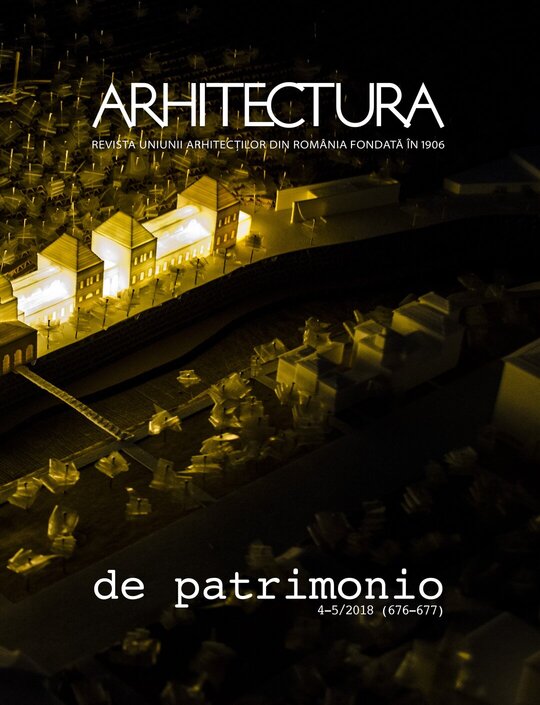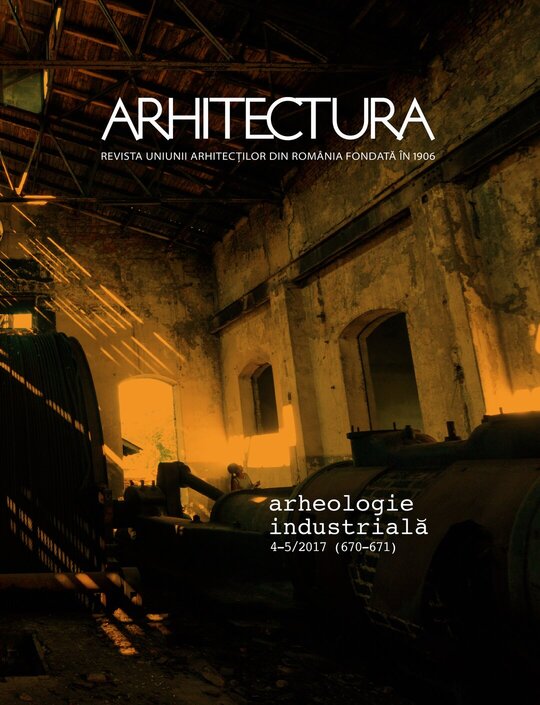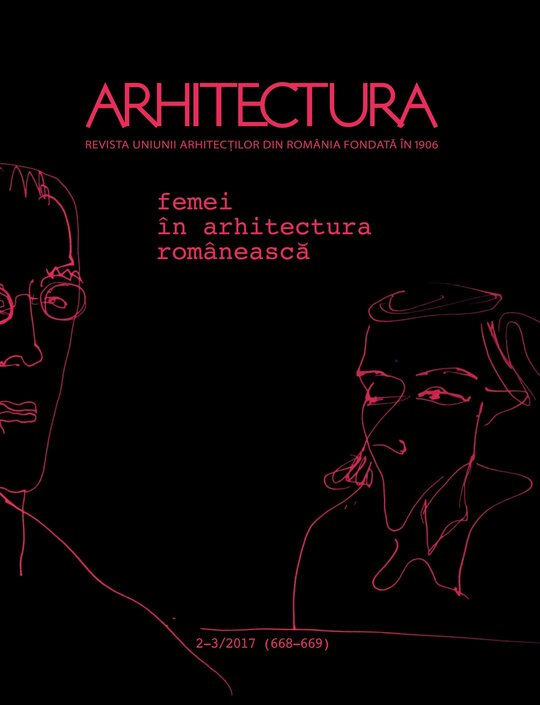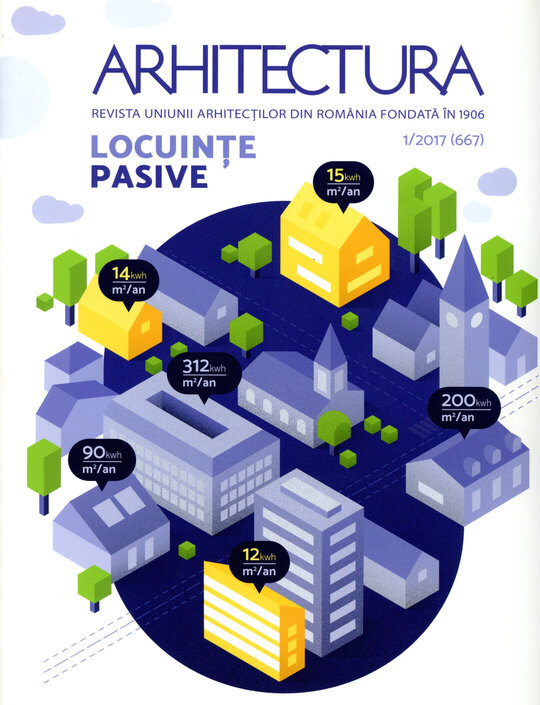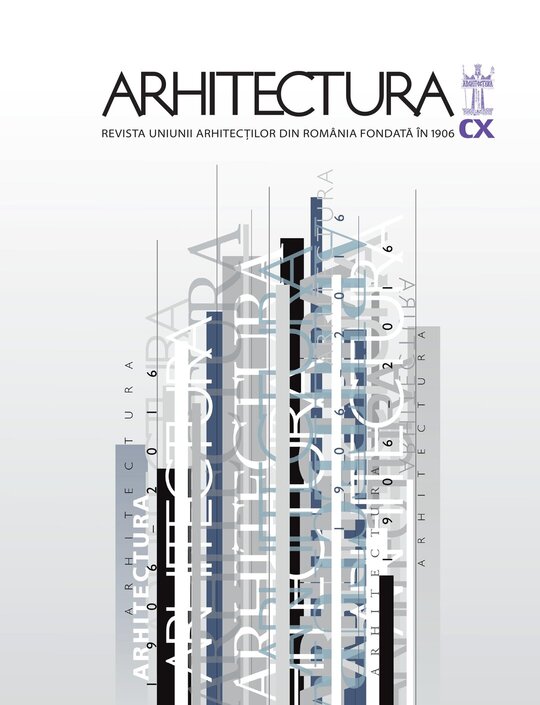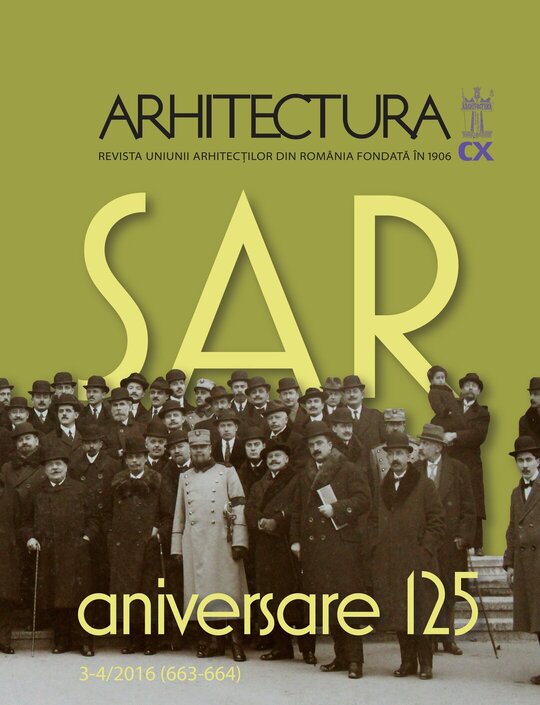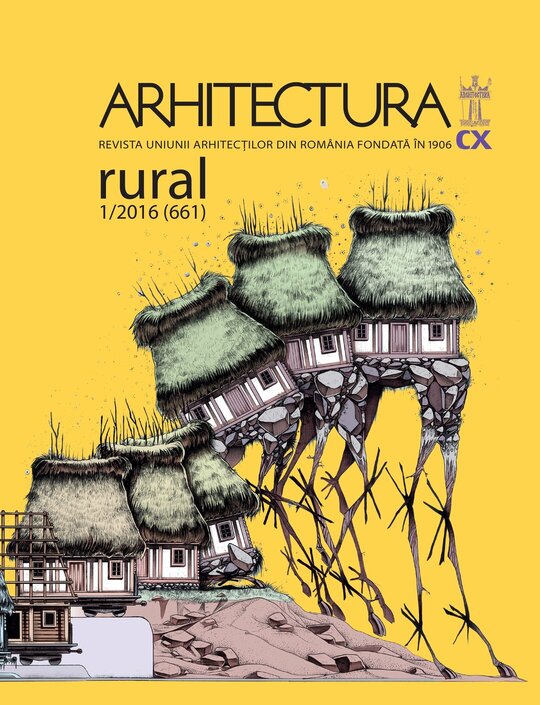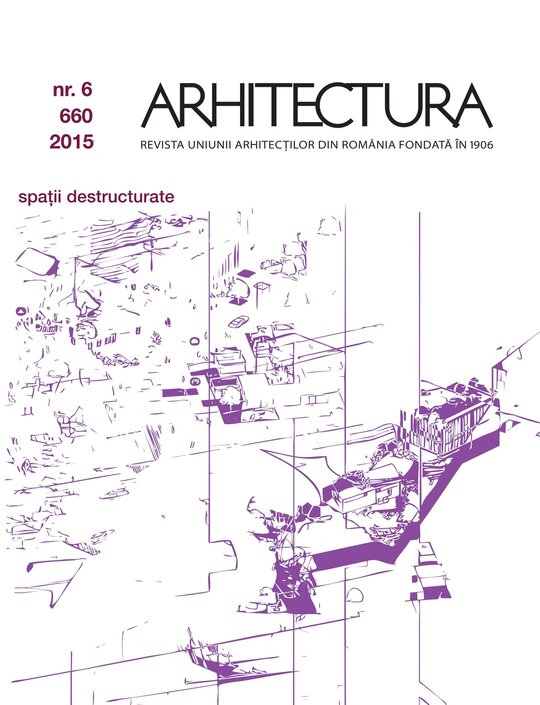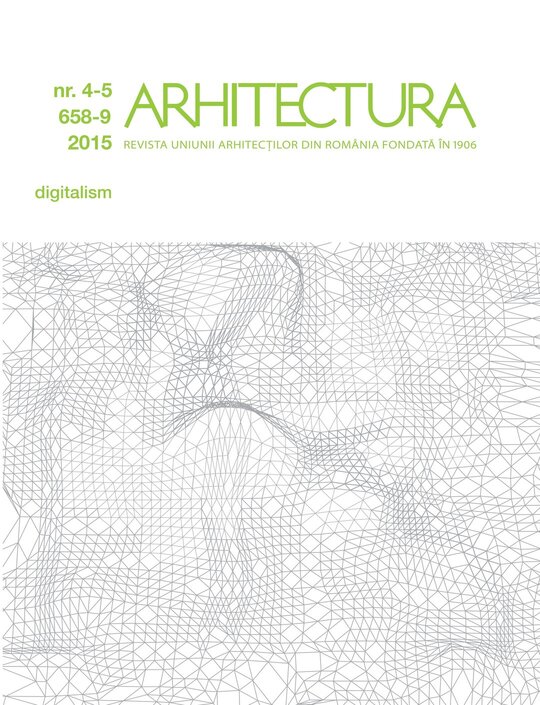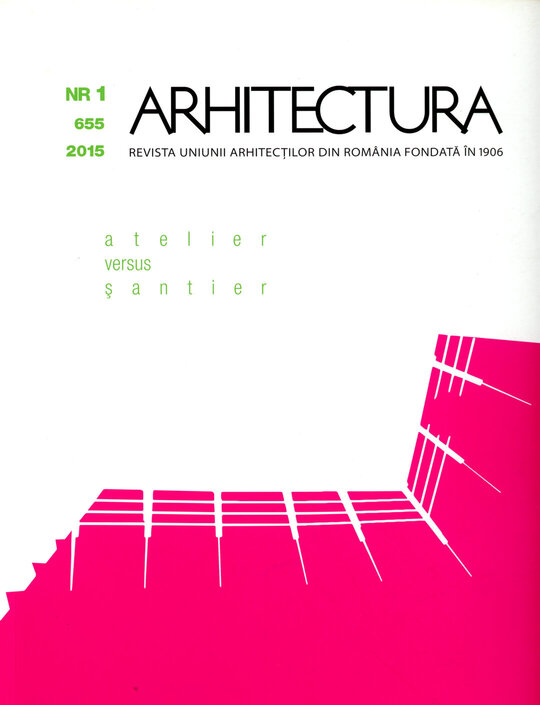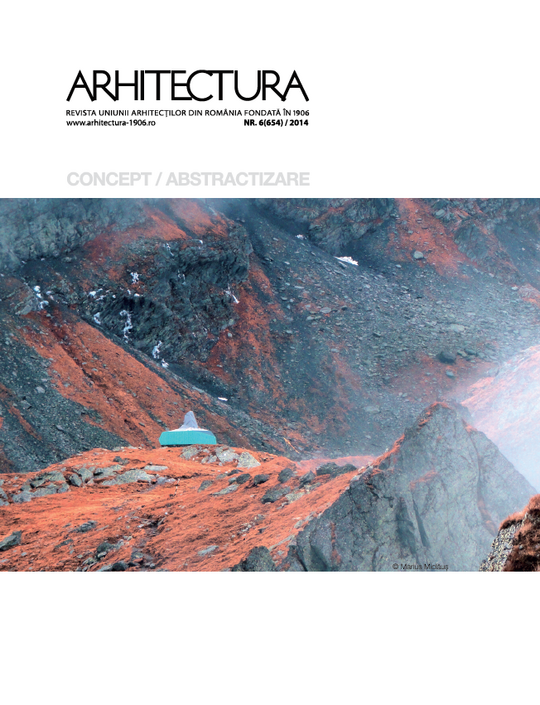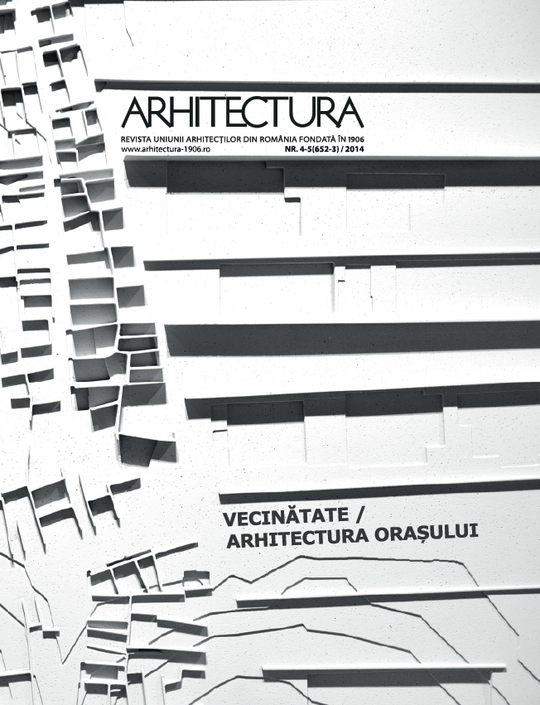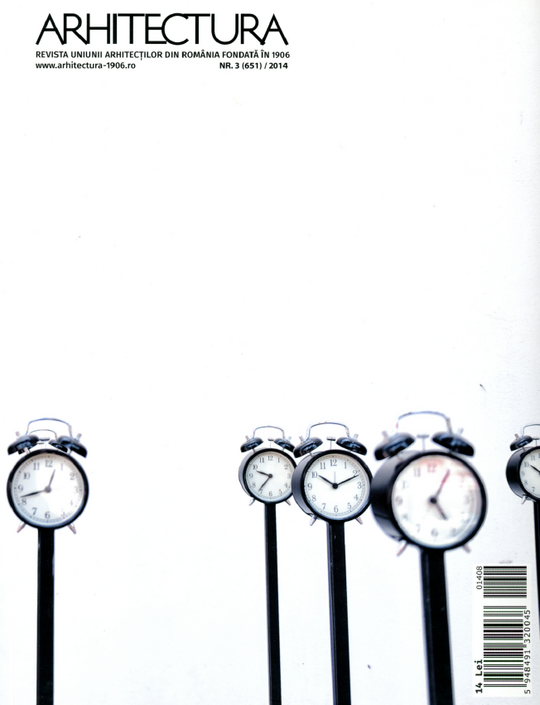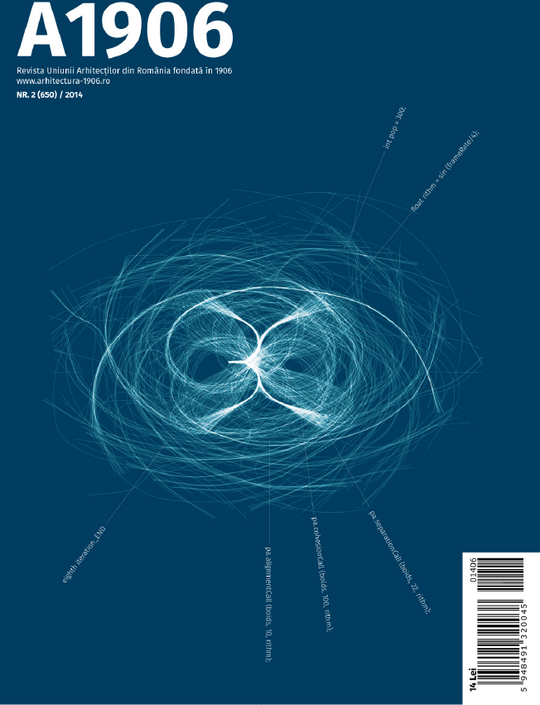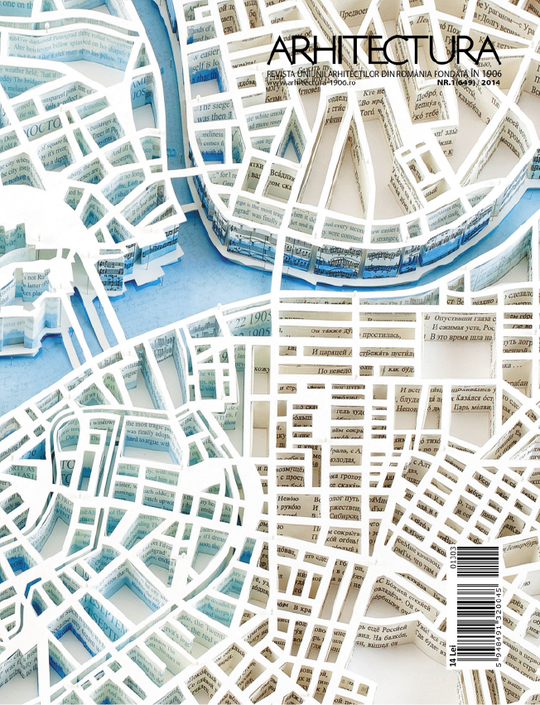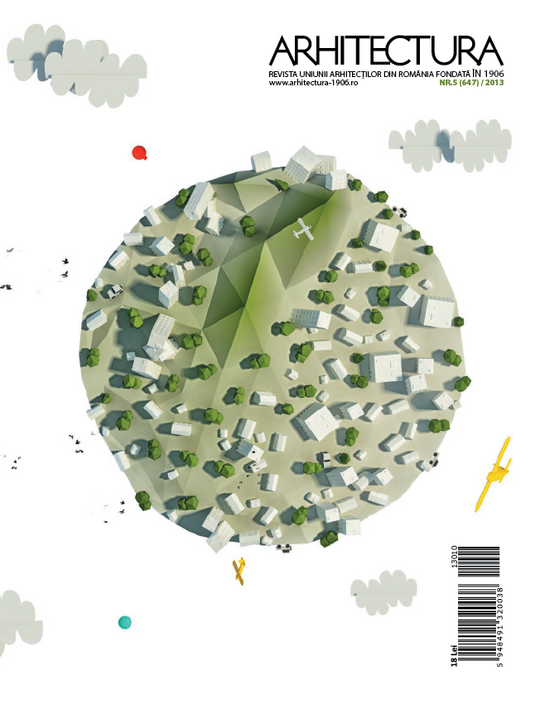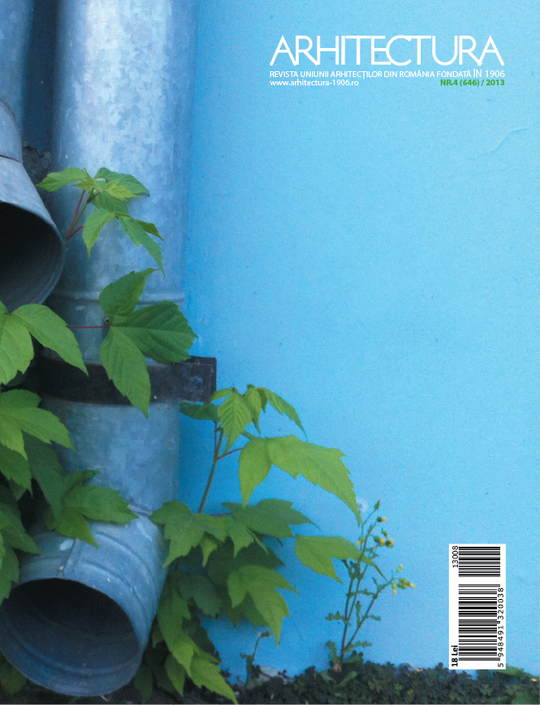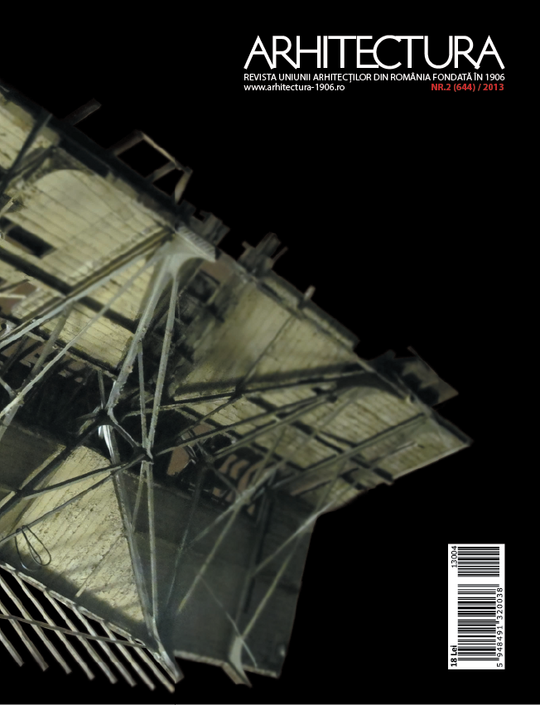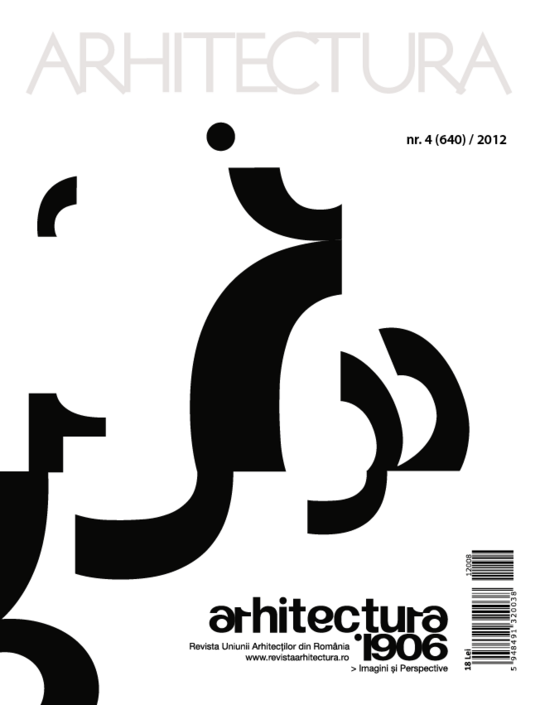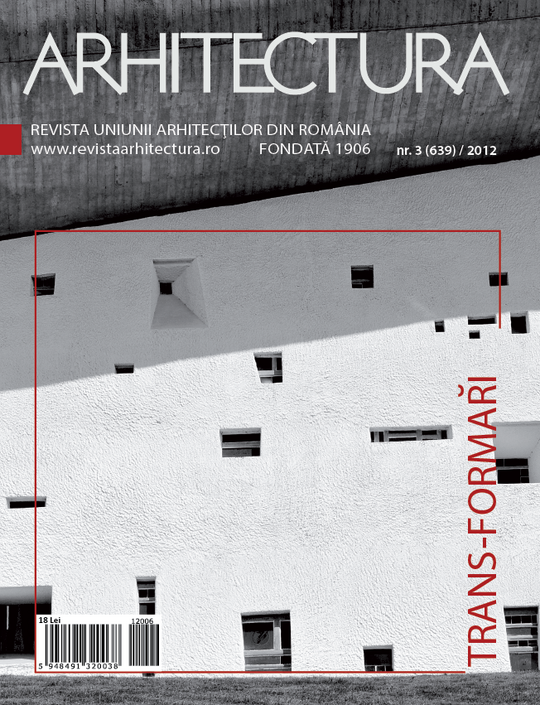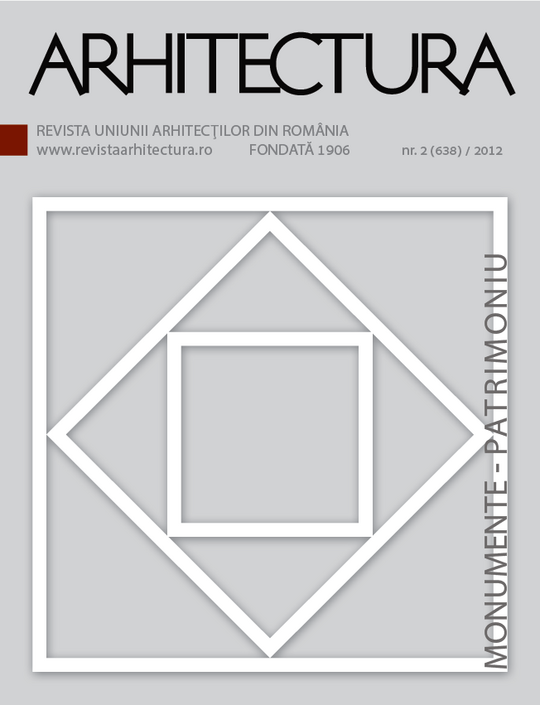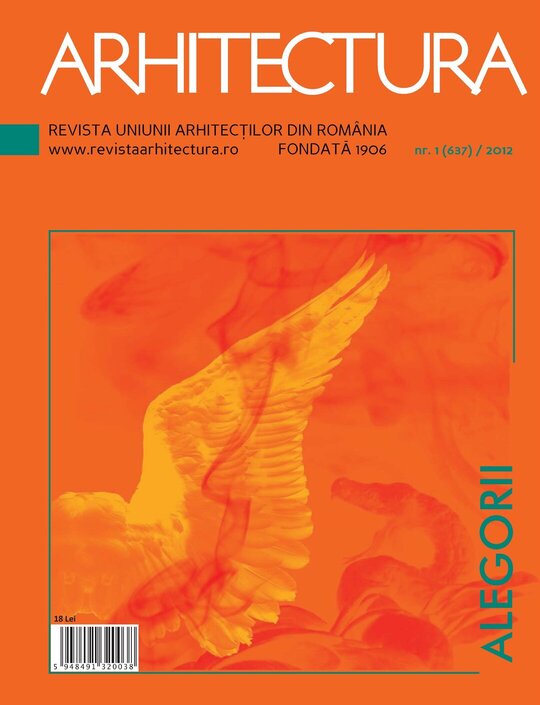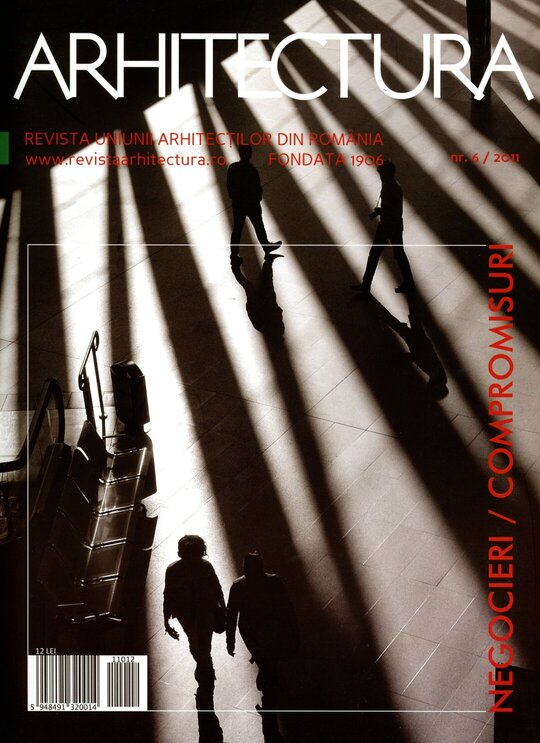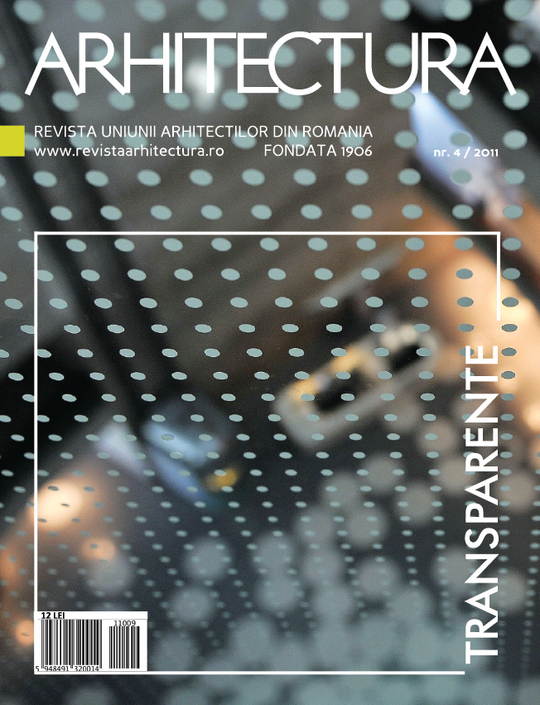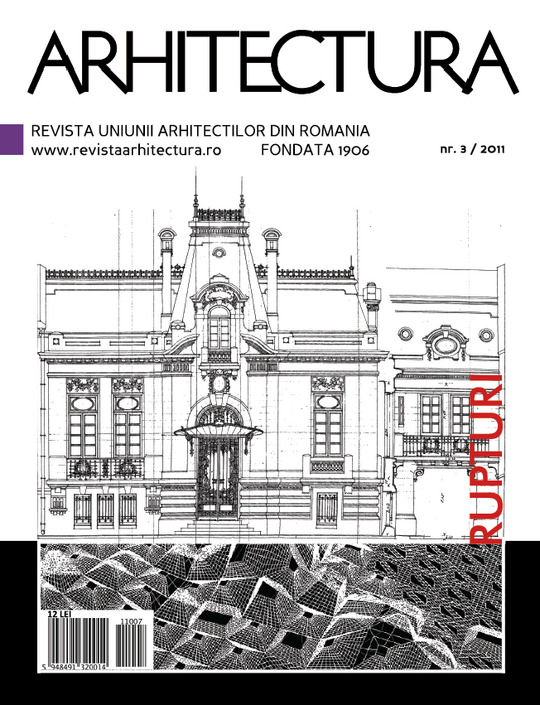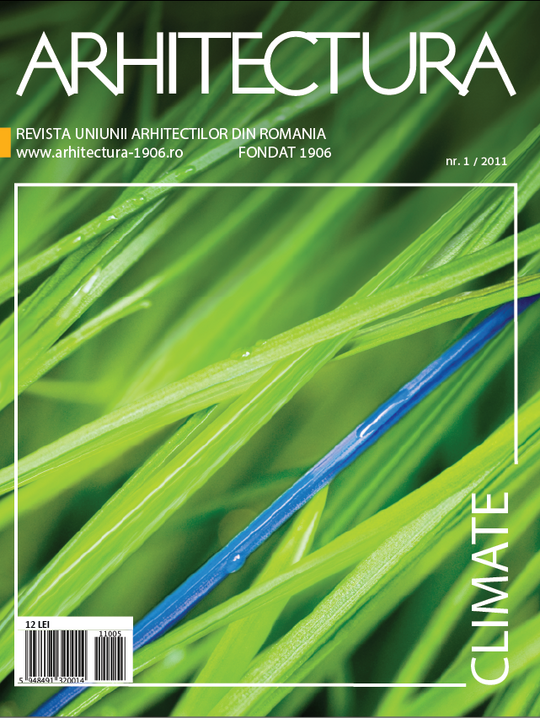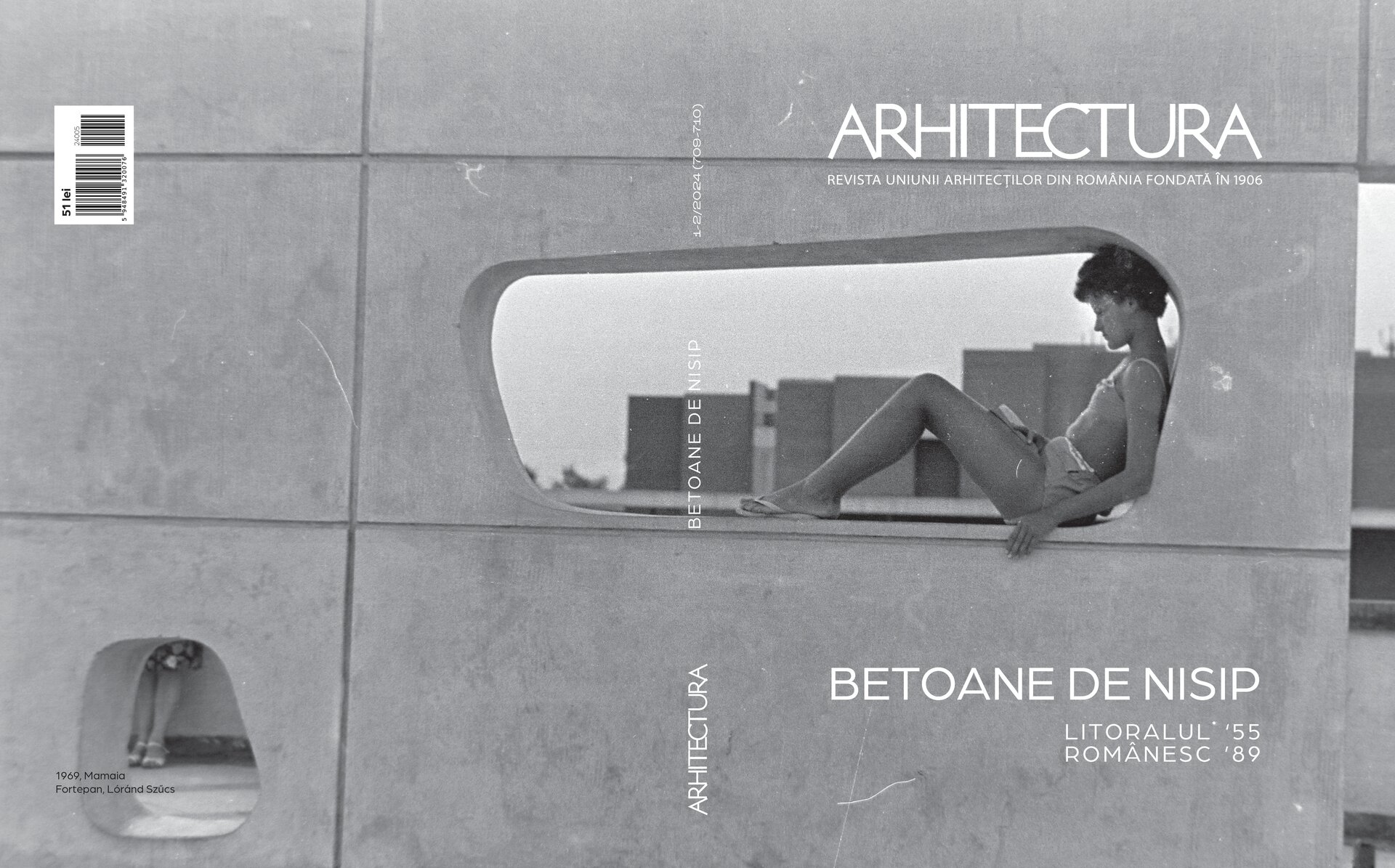
Arhitectura 1-2/2024 (709-710)
"There can be no doubt that the Black Sea coast has remained, in the collective imagination, as one of the brightest chapters of the Romanian post-war period.
In its condensed form, the "littoral" represents the great place of manifestation of creative freedom, where the world of the socialist East met the unapproachable West, through architecture and art and the presence of tourists who came here. How authentic can this land of reverie be seen today, when more and more people are talking about true escapes into the freedom of seaside vacations, far away from the tumultuous life of the official resorts, south of Mangalia, in the fishing villages of 2 Mai and Vama Veche. From such a perspective, the famous Romanian seaside seems to be a delusion, an attractive concept wrapped up in public discourse, but, nevertheless, nothing but a way of regularizing vacations, nothing but one of the great socialist projects, a "smokeless industry", as inefficient and artificially inflated as any other socialist industry.
The image of the seaside development seems to have evolved in a linear way, with a clear project and precise stages: from the development through low-rise, modernist complexes, in a first phase, in Eforii and Mangalia; to the climax of post-war modernism, Mamaia in the 1960s, marked by the dominant volumes of the accommodation blocks, a starting point and exemplary model for Romanian functionalist urbanism; with its last phases of evolution through the intensive occupation of the land with buildings dedicated to international tourism, marked by a return to traditional references and discourses about "specific". However, a closer look shows a more hesitant path, with negotiations and changes of direction." - Irina Tulbure
- 10 Seaside. A published chronology
- 26 Littoral, a (com)promised land
- 50 The post-war Romanian coastal project: a call for a transregional critical history
- 62 Mamaia as a model: the 'radiant' housing estate of the 1960s
- 72 Closed at the pub - or the contemporary failure of socio-cultural amenities
- 90 Bureau for Art and Urban Research (B.A.C.U. Association)
- 106 Archives in the visual arts Case study Coastline Archives
- 112 Thoughts about Littoral
- 122 Mass tourism and special villas
- 134 Local, symbolic and precarious or Learning from Vama Veche
- 142 SouthSouth
- 146 Seaside tourism, leisure and dance from 1948-1989
- 164 Interactions, cosmopolitanism and modernity on the Romanian coast in the 1960s-1970s
- 168 In search of the lost Costinești
- 180 Architects and architecture at the Danube-Black Sea Canal - personalities, fragments, memory
- 188 Observations on the history of landscape architecture on the Romanian coast
- 192 Beach development in Mamaia resort
- 196 The new-old Mangalie, always the same bone of contention among architects
- 204 A golf with swans
- 210 Interview with Răzvan Lăzărescu
- 218 Dad
- 224 Concrete wings
- 230 Enchanting views
- 238 Why do we still go to seaside resorts?
